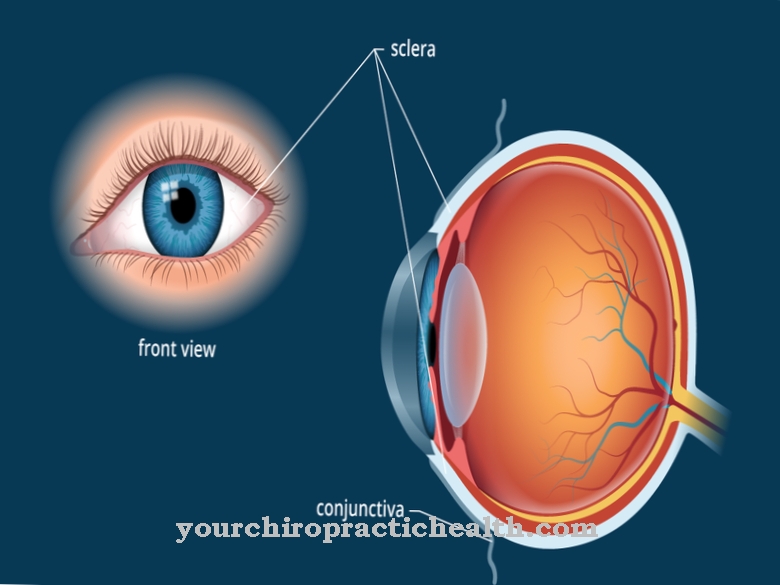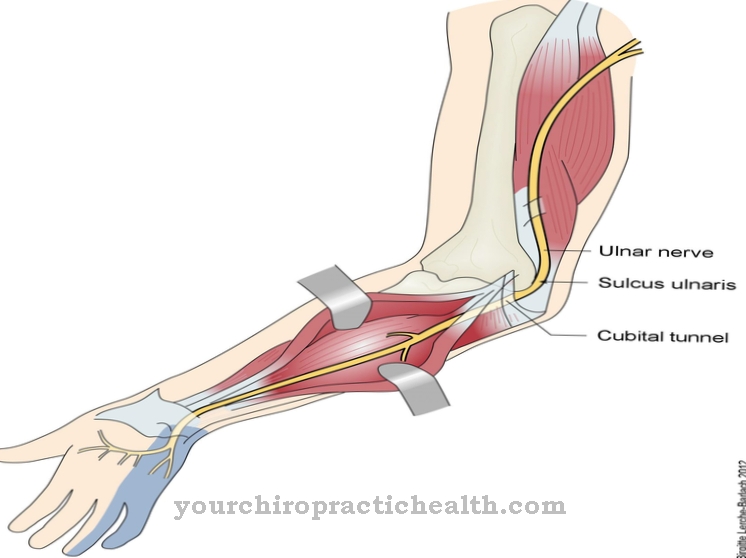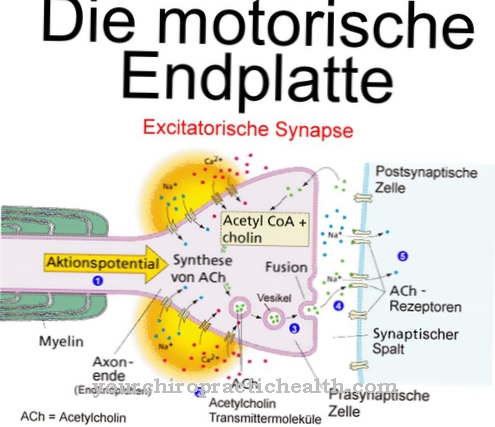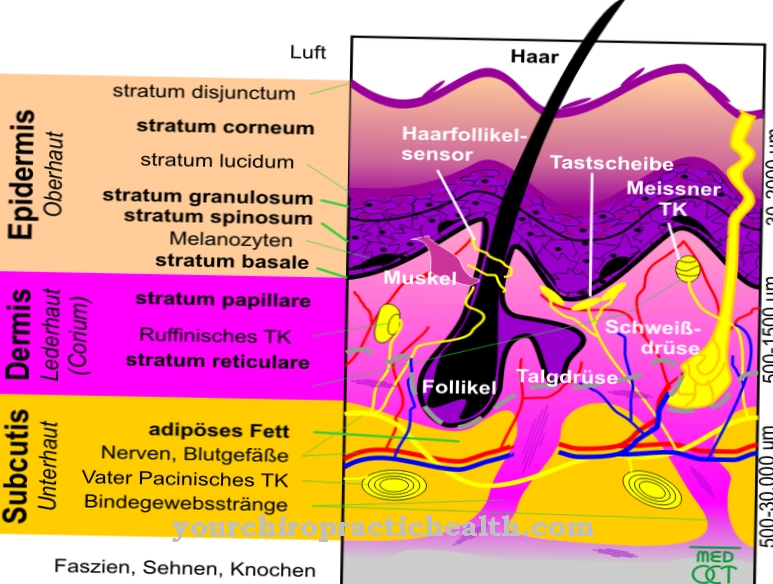The Area postrema is located at the lozenge pit in the brain stem and belongs to the vomiting center. This functional unit of the nervous system triggers vomiting when irritated and thus performs a protective role. Antiemetics inhibit this reaction as part of the treatment of brain trauma and other neurological diseases.
What is the area postrema?
Medicine counts the area postrema to the circumventricular organs. These are characterized by the fact that they are located in the brain ventricles. The cerebral ventricles are cavities in the brain that contain water (liquor) that appears dark or white on MRI images, depending on the weighting.
In addition to their location, the circumventricular organs are characterized by a special type of tissue: the ependyma. Its relatively large surface creates space for numerous receptors and allows the area postrema to react sensitively to potential pollutants. This fact is of great importance because the brain region belongs to the vomiting center. Together with other structures, it controls involuntary vomiting in response to toxins, drugs, signals from the digestive tract, and other stimuli.
Anatomy & structure
As a circumventricular organ, the area postrema has a special type of tissue with the ependyma that consists of glial cells and only occurs in a few other structures. For a long time, scientists assumed that glial cells predominantly perform static functions and are a stabilizing filler; the name "Glia" means "glue" and is a reminder of this fallacy. However, today they are known to be extremely important for the nervous system to function properly. They isolate the axons of the nerve fibers, contribute to the optimal supply of nutrients to the neurons and perform hygienic functions at the micro level.
Most of the other circumventricular organs are also circumventricular organs, which are located in the ventricles of the brain. The organs in the cerebral ventricles use the ependyma to separate themselves from the fluid. However, they do not have a blood-brain barrier, which forms the barrier between the bloodstream and brain tissue in other parts of the brain and is supposed to prevent pathogens, toxins and other substances from entering the brain. In the immediate vicinity of the area postrema is the nucleus solitarius or nucleus tractus solitarii. It is considered the core of the taste and also belongs to the vomiting center. There are close links between the two brain structures, which enable cooperation on a functional level.
Function & tasks
The area postrema represents an important part of the vomiting center. The task of the associated structures is to protect the body: Specialized receptors perceive stimuli that indicate poisons in the food or environment, pose a threat through mechanical pressure or suggest other dangers. The chemoreceptor trigger zone belongs to the area postrema. Since the circumventricular organ itself does not have a blood-brain barrier, it takes on an additional guardian function for the barrier behind it. The area postrema receptors react to various chemical substances that indicate poisons or putrefaction; the fenestrated structure of the ependyma that surrounds the area postrema ensures a particularly reliable check of the blood that tries to penetrate the brain tissue.
Serotonin and dopamine are the main neurotransmitters that work in the vomiting center. The vomiting center communicates with other parts of the brain through numerous connections. Nerves lead to the cerebral cortex, which connect the area postrema and the rest of the vomiting center with the olfactory center as well as with higher cognitive functions. The organ of equilibrium, gastrointestinal nerves, certain areas of the elongated spinal cord and various muscle groups are also connected to the vomiting center. Pathways that lead directly or via other switching points to muscles are used for the motoric execution of the act of vomiting. This process runs automatically.
You can find your medication here
➔ Medicines against memory disorders and forgetfulnessDiseases
In connection with diseases, the area postrema has a double position; On the one hand, as part of the vomiting center, it plays an important role in protecting against poisons (for example in food), on the other hand, incorrect or permanent irritation of this brain region can be a sign of an illness and itself contribute to physical strain.
Doctors therefore use antiemetics to reduce the constant urge to vomit and to stop vomiting. The drugs do not form a homogeneous group, but rather represent different active ingredients that each have a specific effect on the area postrema. With normal stimulus triggering, the substances dock on receptors and open ion channels in the cell membrane through which electrically charged particles can flow. This response of the receptor changes the electrical voltage of the cell: the neuron depolarizes. Antiemetics that work on the area postrema prevent this reaction by inhibiting the receptors.
The active ingredient metoclopramide prevents the function of dopamine and serotonin receptors in the area postrema, while scopolamine inhibits the muscarinic acetylcholine receptors and 5-HT3 antagonists only have an effect on a very specific serotonin receptor. Doctors also rarely use apomorphine for treatment.
As part of its normal functioning, the area postrema reacts to potential pollutants and mechanical influences such as pressure. An increase in incranial pressure or intracranial pressure can be due to various causes. Possible triggers are cerebral edema, strokes, circulatory disorders, traumatic effects such as traumatic brain injury or drainage disorders. The area postrema lies in the cerebral ventricle; The organism uses this region as a buffer zone to prevent tissue damage when the intracranial pressure rises. Thanks to this spatial position, the vomiting center reacts very sensitively to changes in the incranial pressure. In addition, stimuli from the digestive tract, the olfactory center and the organ of equilibrium can activate the vomiting center.




























